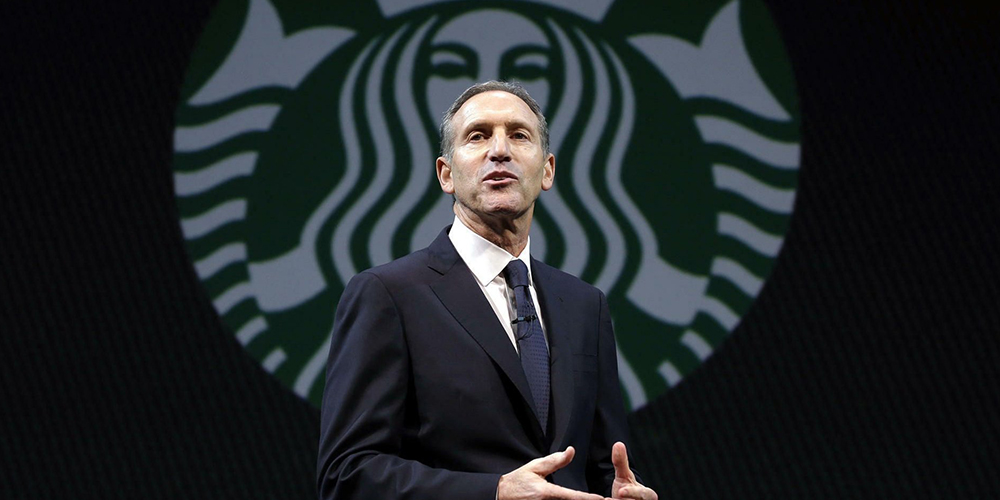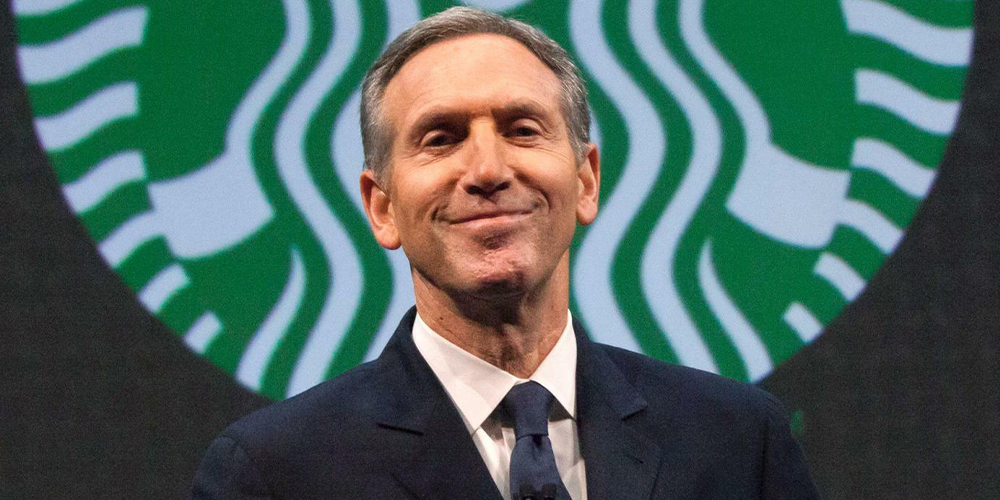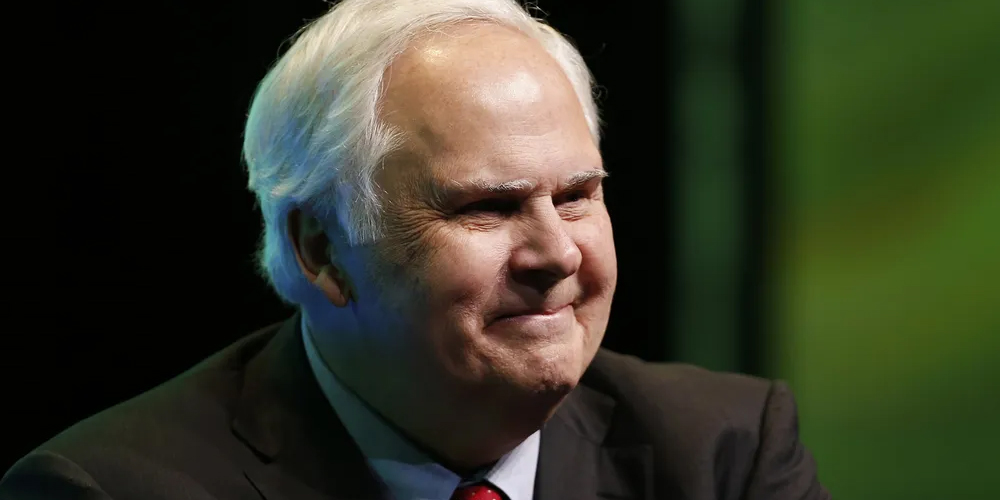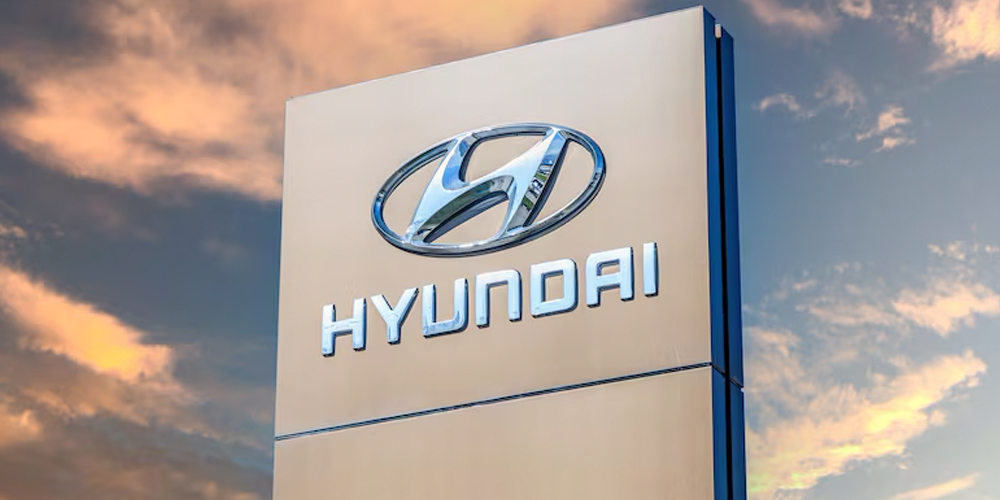Building a Strong Company Culture: Tips from Howard Schultz
Creating a strong company culture is a fundamental aspect of any successful business. A positive culture not only boosts employee morale but also enhances productivity and attracts top talent. Howard Schultz, the former CEO of Starbucks, exemplifies the power of a well-defined company culture. His leadership style and innovative practices have made Starbucks a model for organizations worldwide.
One of Schultz’s key insights is the importance of prioritizing people. He believes that treating employees with respect and dignity is essential for fostering loyalty and dedication. By implementing policies that prioritize employee well-being, such as comprehensive healthcare benefits for both full-time and part-time workers, Schultz has created an environment where employees feel valued and motivated.
Additionally, Schultz emphasizes the need for a shared vision. At Starbucks, the mission is not just about selling coffee; it’s about inspiring and nurturing the human spirit. This clear vision unites employees and drives their efforts, making them more invested in their work.
Open communication also plays a crucial role in Schultz’s approach to company culture. He advocates for transparency, encouraging feedback at all levels of the organization. When employees feel heard, they are more likely to engage with the company culture, leading to a stronger, more cohesive team.
In summary, Howard Schultz’s strategies for building a strong company culture revolve around prioritizing people, creating a shared vision, and fostering open communication. These elements are essential for cultivating a positive work environment that drives both employee satisfaction and business success.
Understanding Company Culture
Defining Company Culture
Company culture refers to the shared values, beliefs, and practices within an organization. It influences how employees interact, make decisions, and approach their work. A strong culture aligns with the company’s mission and fosters a sense of belonging among employees.
The Importance of a Strong Company Culture
A strong company culture is crucial for several reasons. First, it enhances employee engagement. When employees feel connected to the culture, they are more motivated to contribute. Second, a positive culture attracts talent. Job seekers often look for companies that share their values. Lastly, a robust culture can improve customer satisfaction. Happy employees lead to happy customers.
Howard Schultz’s Approach to Company Culture
Prioritizing People
Howard Schultz believes that people are the foundation of any successful organization. He emphasizes the importance of treating employees with respect and dignity. At Starbucks, Schultz implemented policies that prioritize employee well-being. For instance, he offered comprehensive healthcare benefits, even for part-time employees. This approach fosters loyalty and dedication among the workforce.
Creating a Shared Vision
A strong company culture starts with a shared vision. Schultz stresses the importance of having a clear mission statement that resonates with employees. At Starbucks, the mission is to inspire and nurture the human spirit. This vision unites employees and drives their daily efforts. When everyone works toward a common goal, the culture becomes stronger.
Encouraging Open Communication
Open communication is vital for a healthy company culture. Schultz advocates for transparency and encourages feedback at all levels. At Starbucks, employees are encouraged to voice their opinions and share ideas. This open dialogue fosters trust and collaboration. When employees feel heard, they are more likely to engage with the company culture.
Building a Strong Company Culture
Recruiting for Fit
Recruiting employees who align with the company culture is essential. Schultz believes in hiring for fit, not just skill. During the hiring process, Starbucks looks for candidates who share its values. This focus on cultural fit ensures that new hires integrate smoothly into the team. When employees resonate with the culture, they contribute positively to it.

Investing in Employee Development
Investing in employee development is a key aspect of building a strong culture. Schultz implemented training programs to help employees grow. Starbucks offers various learning opportunities, from barista training to leadership development. This investment shows employees that the company values their growth. It also fosters a culture of continuous improvement.
Recognizing and Rewarding Contributions
Recognition is vital for maintaining a positive culture. Schultz understands the power of appreciation. At Starbucks, employees are regularly recognized for their contributions. This recognition can take various forms, from simple thank-you notes to formal awards. When employees feel valued, their engagement and loyalty increase.
Creating a Sense of Community
Creating a sense of community within an organization is vital for fostering employee engagement and satisfaction. Howard Schultz, former CEO of Starbucks, exemplifies how to build this sense of belonging through intentional practices that encourage collaboration and connection among employees.
At Starbucks, Schultz emphasizes teamwork as a cornerstone of the company culture. Employees, referred to as “partners,” are encouraged to work together, share ideas, and support one another. This collaborative environment not only enhances relationships among staff but also improves customer experiences. When employees feel connected to their colleagues, they are more likely to deliver exceptional service, contributing to the overall success of the business.
In addition to promoting teamwork, Schultz advocates for a strong commitment to corporate social responsibility (CSR). Starbucks engages in various social initiatives, such as ethical sourcing, environmental sustainability, and community outreach. By actively participating in these efforts, employees can see the tangible impact of their work. This shared purpose creates pride and reinforces their connection to the company and its values.
Furthermore, Schultz encourages open communication and feedback, allowing employees to voice their thoughts and ideas. Regular check-ins, team meetings, and informal gatherings help strengthen relationships and foster a sense of belonging. When employees feel their opinions matter, they are more likely to engage fully with their work and contribute to a positive culture.
In summary, creating a sense of community is essential for building a strong company culture. Howard Schultz’s focus on teamwork, corporate social responsibility, and open communication fosters an environment where employees feel valued and connected. This sense of belonging not only enhances employee morale but also drives overall business success
Fostering Team Collaboration
A strong company culture thrives on collaboration. Schultz encourages teamwork and camaraderie among employees. At Starbucks, baristas work together to create a welcoming environment. This teamwork not only enhances employee relationships but also improves customer experiences. When employees collaborate, they build a sense of community.
Engaging in Corporate Social Responsibility
Corporate social responsibility (CSR) is another way to strengthen company culture. Schultz believes that businesses should give back to their communities. Starbucks engages in various social initiatives, such as ethical sourcing and environmental sustainability. When employees see their company making a positive impact, they feel proud to be part of it.
Maintaining a Strong Company Culture
Consistent Leadership Practices
Leadership plays a crucial role in maintaining company culture. Schultz exemplifies the type of leader who embodies the company’s values. Consistent leadership practices help reinforce the desired culture. When leaders model the behavior they expect from employees, it creates a unified organizational ethos.
Regularly Assessing Company Culture
To maintain a strong culture, regular assessment is necessary. Schultz emphasizes the importance of gathering feedback from employees. Surveys, focus groups, and informal check-ins can provide valuable insights. By understanding employees’ perceptions, leaders can identify areas for improvement and make necessary adjustments.
Challenges in Building Company Culture
Overcoming Resistance to Change
Building a strong company culture can face challenges. One common obstacle is resistance to change. Employees may be hesitant to adopt new practices or values. Schultz advises leaders to communicate the reasons for change clearly. By explaining the benefits and involving employees in the process, resistance can be minimized.
Addressing Cultural Misalignment
Cultural misalignment can also pose challenges. As companies grow, their culture may evolve. Schultz recommends regularly revisiting the mission and values to ensure they remain relevant. Engaging employees in this process helps align the culture with the organization’s goals.
Conclusion
Building a strong company culture is essential for any successful business. Howard Schultz’s insights provide valuable strategies for cultivating a positive environment. By prioritizing people, fostering open communication, and investing in employee development, companies can create a thriving culture. Additionally, addressing challenges and maintaining consistency in leadership practices will ensure that the culture remains strong over time. Ultimately, a robust company culture leads to increased employee satisfaction and better business outcomes.







